Rank Species | Subfamily Asclepiadoideae Scientific name Asclepias meadii | |
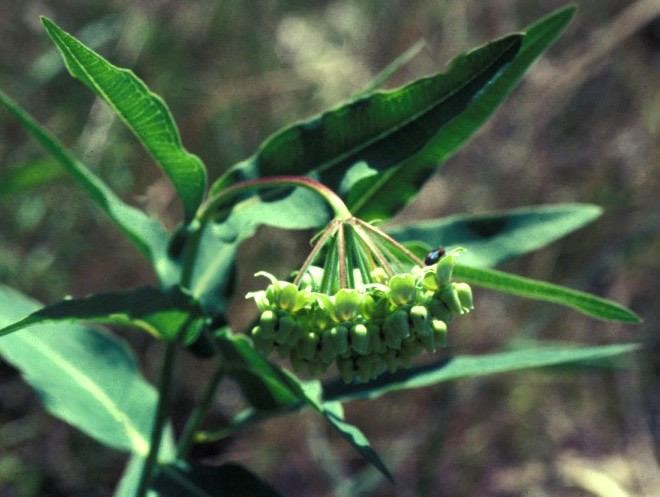 | ||
Similar Asclepias sullivantii, Asclepias albicans, Asclepias amplexicaulis, Asclepias exaltata, Asclepias purpurascens | ||
Asclepias meadii is a rare species of milkweed known by the common name Mead's milkweed. It is native to the American Midwest, where it was probably once quite widespread in the tallgrass prairie. Today much of the Midwest has been fragmented and claimed for agriculture, and the remaining prairie habitat is degraded.
Contents
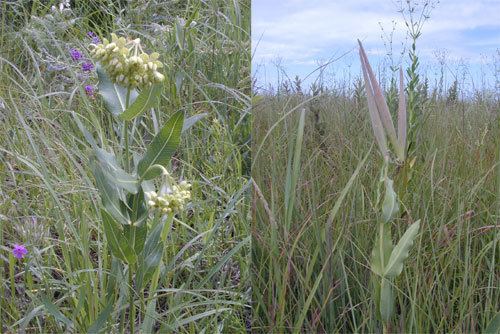
The plant is a federally listed threatened species due to this destruction of its habitat. Factors contributing to its rarity include mowing and plowing, erosion, loss of a natural prairie fire regime, pesticides directly applied or drifting from nearby agricultural operations, invasive plant species, trampling by hikers, loss of native insect pollinators, and predation by a number of insect species.
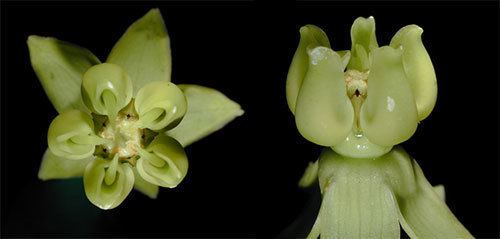
Distribution
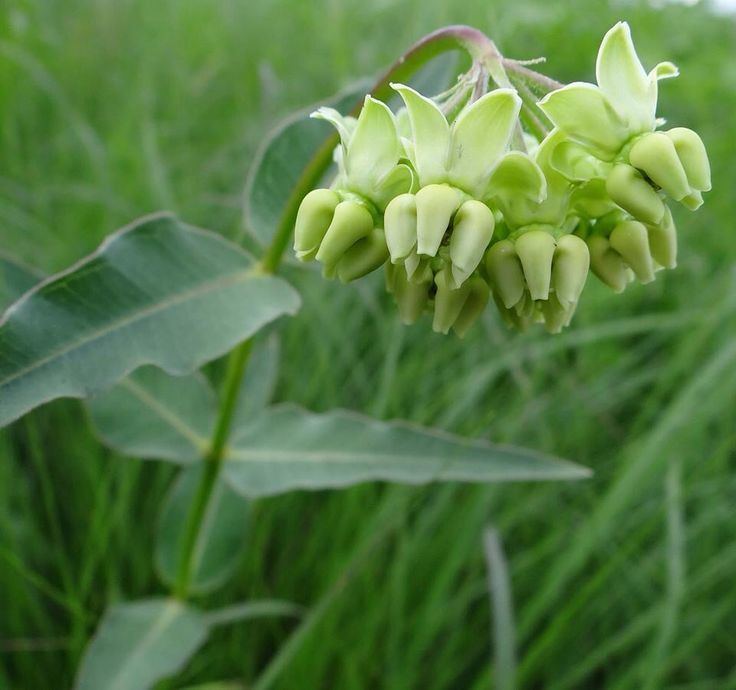
The only naturally occurring populations of the plant are located in Missouri and Illinois, and populations have been reintroduced to Indiana and Wisconsin, where the plant had been extirpated. There are also some populations in Kansas and Iowa, but few of these may last, especially in Kansas, where they occur on private hay fields that are mowed frequently.
Description
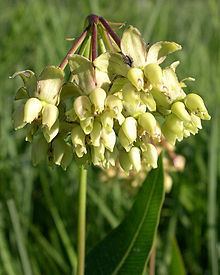
This is a rhizomatous perennial herb with a waxy erect stem growing up to about 40 centimeters tall. Blue-green, herringbone-patterned leaves occur in opposite pairs about the stem. The lance-shaped blades are smooth and sometimes wavy along the edges, and measure up to 8 centimeters long. The inflorescence is a nodding umbel of 6 to 23 fragrant flowers. Each flower has five petals up to a centimeter long which are green or purple-tinged when new and grow paler as they age. Behind them are five reflexed sepals. The flowers are nectar-rich and are pollinated by digger bees (Anthophora spp.), bumblebees (Bombus spp.), and other bees. The fruit is a follicle up to 8 centimeters long containing hairy seeds. The species is long-lived, taking at least four years to reach sexual maturity and living for several decades, possibly over a century.
Reproduction
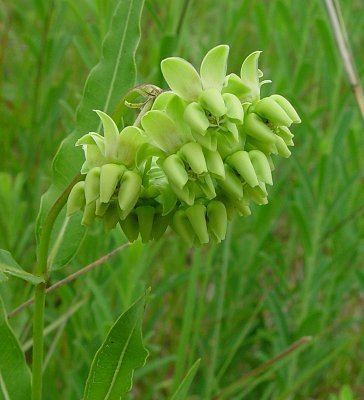
The species often reproduces vegetatively by sprouting more stems from its rhizome. It also sometimes reproduces sexually by producing seed. A reduction in genetic diversity is a threat to the species, because human activity and other processes have favored vegetative reproduction, a cloning of the plants that does not remix genes. Mowing chops off the flowers or immature fruits, preventing seed production. Fragmentation of the habitat reduces the number of nearby plants that can trade pollen and the likelihood of visits from common pollinating insects.
Fire ecology
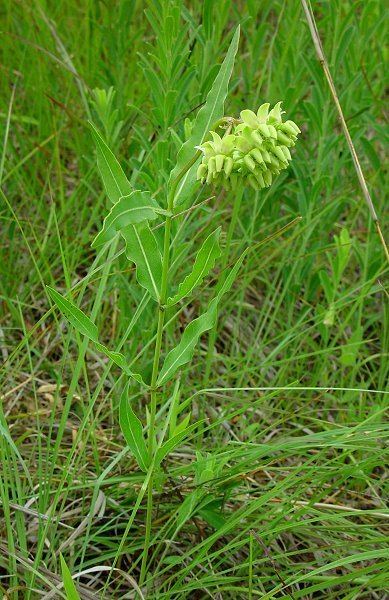
The plant is adapted to occasional prairie fire, and the suppression of such fires is detrimental. Fire may have a number of beneficial fire ecology effects on the plant, including increases in leaf and flower production and in genetic diversity.
Insect ecology
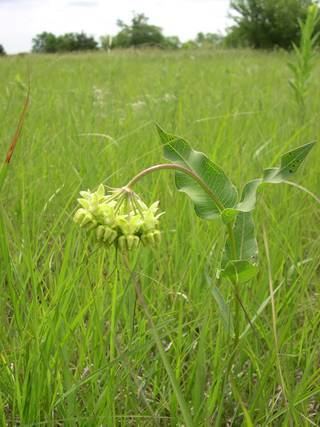
Insects that eat the plant include the milkweed beetles Tetraopes femoratus and Tetraopes tetrophthalmus and the milkweed weevils Rhyssomatus annectans and Rhyssomatus lineaticollis. This plant, like many other milkweeds, hosts the monarch butterfly (Danaus plexippus).
